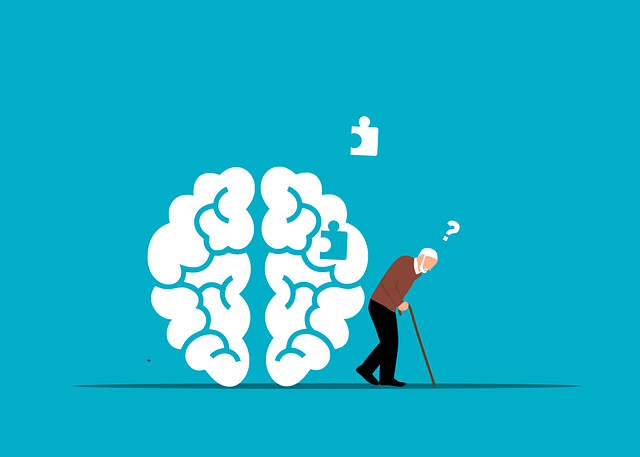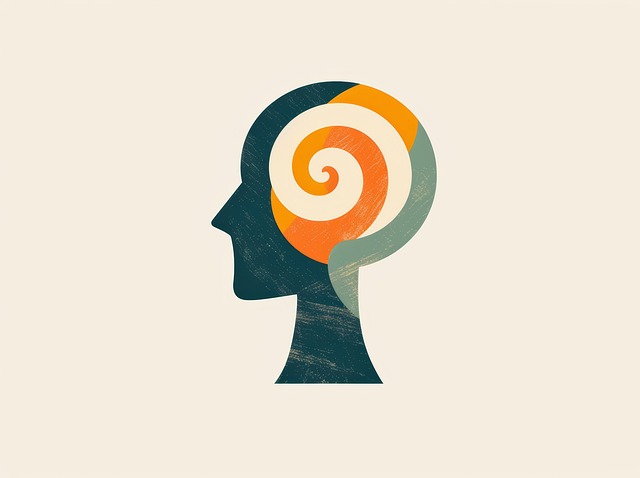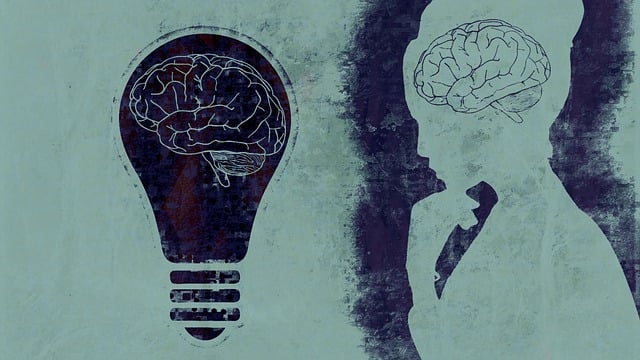Analyzing mental health data through surveys, clinical assessments, and digital tools is crucial for understanding adolescent well-being. This data, after cleaning and categorizing, reveals symptoms, routines, and social interactions, enabling researchers to identify effective therapy methods and resilience-building strategies. Advanced techniques like natural language processing (NLP) uncover complex pain factors in adolescents, enhancing healthcare providers' cultural competency. Targeted interventions based on identified trends can improve outcomes for therapy for adolescent teens and pain management, ensuring personalized care aligned with unique needs and fostering long-term resilience.
Mental health data analysis is a powerful tool in understanding and improving the well-being of adolescent teens. This article delves into the critical process of collecting, preparing, and interpreting mental health data, focusing on advanced techniques for pain management. We explore how these methods can tailor therapy, enhance treatment outcomes, and ultimately revolutionize care for young individuals experiencing pain. By understanding and leveraging data, healthcare professionals can offer more effective support and guidance to adolescents in need.
- Understanding Mental Health Data: Collection and Preparation
- Advanced Analysis Techniques for Teen Pain Management
- Interpreting Results: Tailoring Therapy and Improving Outcomes
Understanding Mental Health Data: Collection and Preparation

Understanding Mental Health Data is a crucial first step in any analysis process. When it comes to adolescents, collecting data related to their mental health involves various methods such as self-reported surveys, clinical assessments, and even digital tools like mood tracking apps. The data collected should be comprehensive, encompassing not just symptoms but also the teen’s daily routines, social interactions, and overall well-being. Preparation of this data includes cleaning, normalization, and categorization to ensure it is structured and ready for analysis. This involves handling missing values, identifying outliers, and transforming data into a format suitable for statistical or machine learning models.
The focus should be on capturing the nuances of adolescent mental health, including the emergence of issues like depression, anxiety, and pain management—a critical aspect often linked to teenage years. By preparing the data correctly, researchers and practitioners can gain valuable insights into effective therapy methods, resilience-building strategies, and coping skills development for teens. Moreover, understanding these patterns can aid in the early prevention of mental health disorders, such as depression prevention, ensuring a healthier future for young individuals.
Advanced Analysis Techniques for Teen Pain Management

Advanced analysis techniques play a pivotal role in understanding and managing pain among adolescent teens. By employing sophisticated data mining methods, researchers can uncover intricate patterns within large datasets, shedding light on the complex factors contributing to teen pain experiences. These techniques enable the identification of specific triggers, such as environmental stressors or underlying psychological conditions, which are often overlooked through conventional assessment methods.
One such technique is natural language processing (NLP), which analyses text-based data like therapy sessions and journal entries to extract valuable insights. NLP can help identify recurring themes related to trauma support services and emotional intelligence—crucial aspects of healthcare provider cultural competency training. By understanding these nuances, healthcare professionals can tailor their approach, offering more personalized pain management strategies for adolescent teens.
Interpreting Results: Tailoring Therapy and Improving Outcomes

When analyzing mental health data, the true value lies not just in understanding the numbers but in interpreting them to tailor therapy for adolescent teens effectively. By delving into trends and patterns, professionals can design targeted interventions that address specific needs. For instance, elevated stress levels among teens could point towards the need for integrated stress reduction methods within therapeutic practices, combining techniques like mindfulness training with cognitive-behavioral therapies. This tailored approach has the potential to significantly improve outcomes, ensuring that each teen receives care that resonates with their unique challenges.
Moreover, mental health data can highlight areas where educational programs design can make a profound impact. For example, identifying high rates of anxiety or depression could spark initiatives focused on promoting positive thinking and mental health education early in adolescence. By equipping teens with coping mechanisms and knowledge about their mental well-being, these programs empower them to manage pain more effectively, both physically and emotionally, leading to long-term resilience and improved quality of life.
Mental health data analysis and interpretation are crucial steps in enhancing therapy for adolescent teens’ pain management. By understanding and preparing mental health data, implementing advanced analysis techniques, and accurately interpreting results, healthcare professionals can tailor treatments to improve outcomes significantly. This personalized approach ensures that therapies are effective, addressing the unique needs of each teenager. As research continues to evolve, these methods will undoubtedly play a pivotal role in revolutionizing pain management for young individuals.














